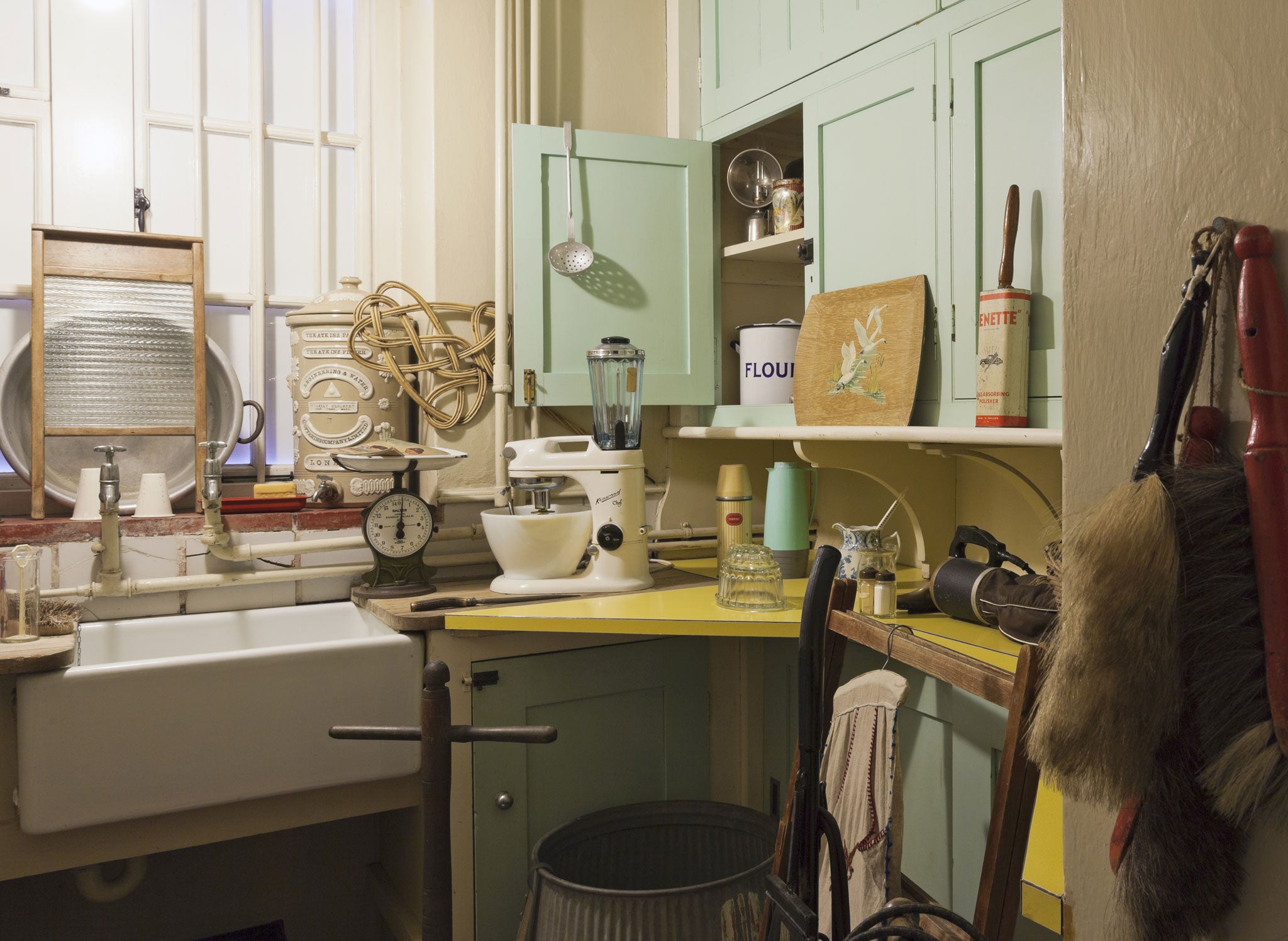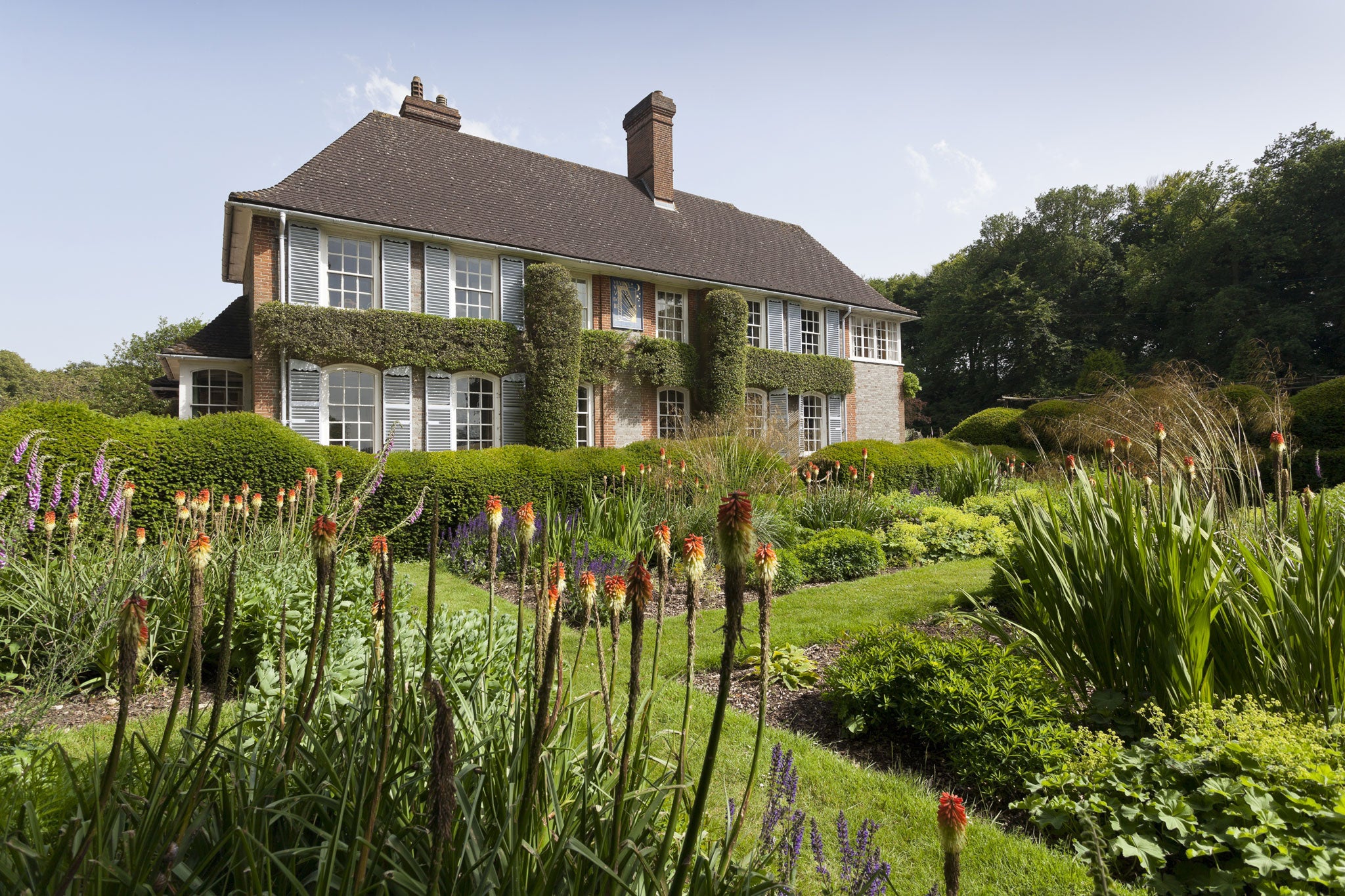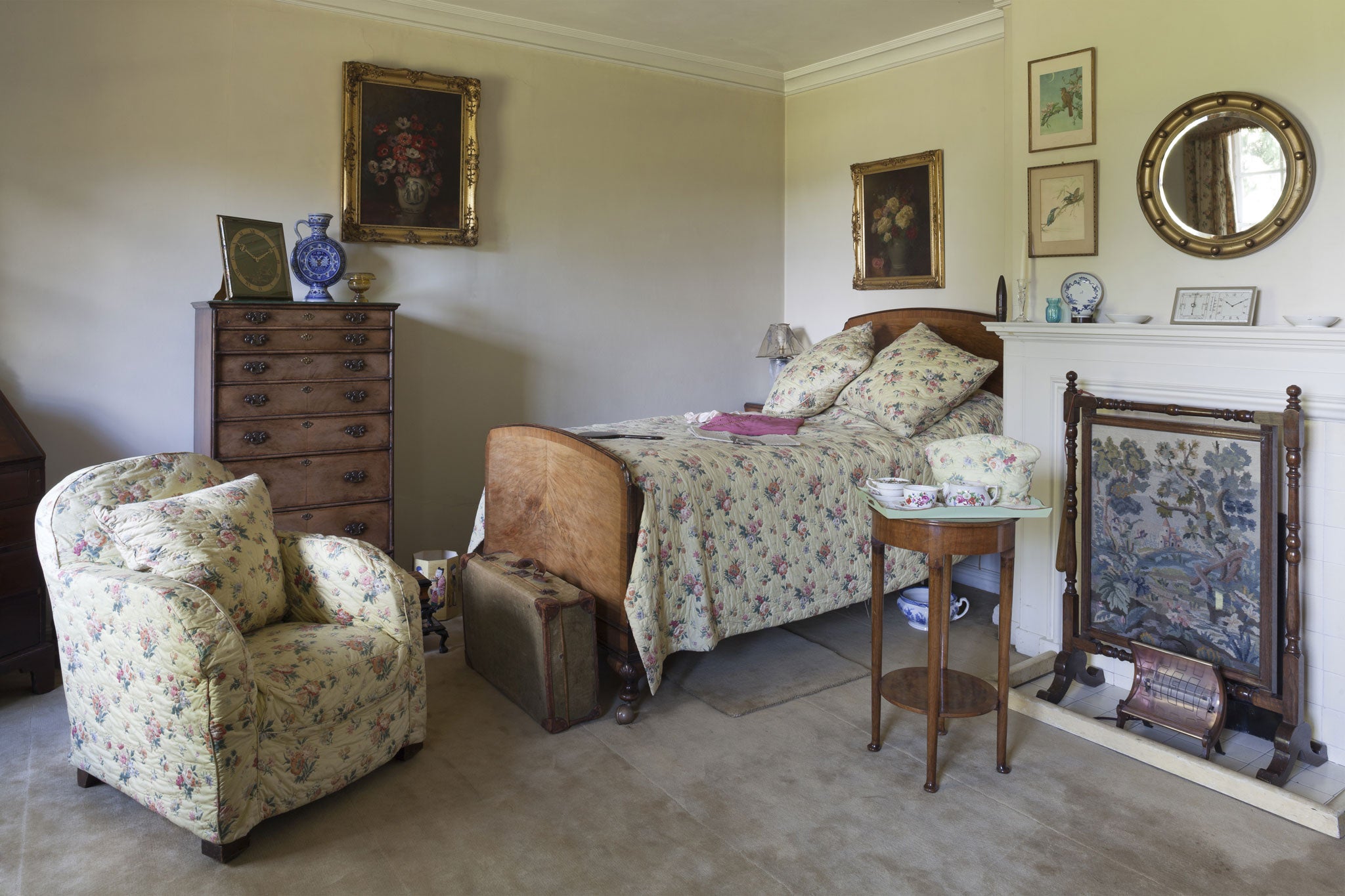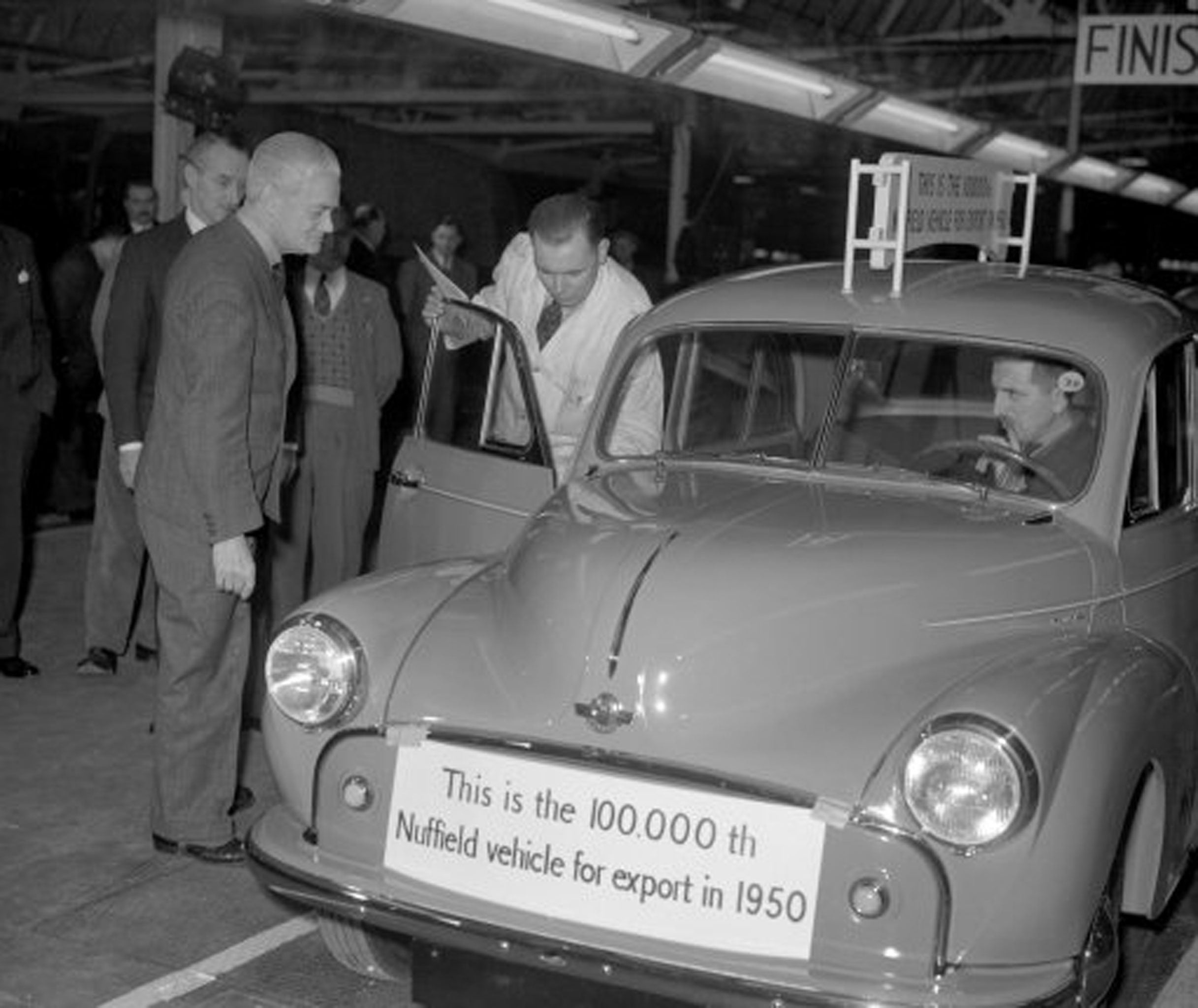The Independent's journalism is supported by our readers. When you purchase through links on our site, we may earn commission.
The original Morris manor: Nuffield Place and the remarkable history of its gadget-obsessed philanthropist owner
The Oxfordshire home of the multimillionaire founder of Morris Motors is now open to the public as a 1930s time warp. Matthew Bell pays a visit
Your support helps us to tell the story
From reproductive rights to climate change to Big Tech, The Independent is on the ground when the story is developing. Whether it's investigating the financials of Elon Musk's pro-Trump PAC or producing our latest documentary, 'The A Word', which shines a light on the American women fighting for reproductive rights, we know how important it is to parse out the facts from the messaging.
At such a critical moment in US history, we need reporters on the ground. Your donation allows us to keep sending journalists to speak to both sides of the story.
The Independent is trusted by Americans across the entire political spectrum. And unlike many other quality news outlets, we choose not to lock Americans out of our reporting and analysis with paywalls. We believe quality journalism should be available to everyone, paid for by those who can afford it.
Your support makes all the difference.When William Morris, the multimillionaire philanthropist and founder of Morris Motors, died 50 years ago, he left a fortune but no heir. Those were days of greater discretion, so we don't know why Lord and Lady Nuffield never had children. But we do know he would have liked to: visiting a mother and baby in the 1950s, he sighed: "I would have given all my millions for one of those."
The pathos of that sentiment hangs in the air at Nuffield Place, his Oxfordshire country home, now open to the public as a 1930s time warp. A handsome Lutyens-style mansion on the edge of the Chilterns, it was built in 1914 and bought and modernised by the Nuffields in 1933. On Morris's death on 22 August 1963, he left it to Nuffield College in Oxford (which he founded in 1937), stipulating that the house remain intact. Over the years, the college has sold off chunks of his estate, including two farms and a pub, and the house's future was in doubt until, last year, they gave it to the National Trust.
Today, the visitor enters a world of Bakelite phones and Dry Sack medium sherry. A sweet smell of tobacco lingers in the oak-panelled billiard room, which, according to one National Trust volunteer, they have piped in. The house was designed by Oswald Partridge Milne, a pupil of Lutyens and fashionable Edwardian architect, but the building isn't really the main attraction. The magic comes from feeling you are entering another period, and penetrating the private home of one of the richest men of the 20th century.

As the pioneer of affordable cars, the man who gave us the Morris Minor and many other British classics, Morris reputedly earnt £2,000 a day at one point. Yet, asked about his money, he said, "You can only wear one suit at a time," and while he had the means to live in a palace, he chose a slightly suburban, comfortable home – albeit one decked out with the mod cons of the period.
For Morris was a fan of gadgets and clocks. Rather brilliantly, he had a mini workshop installed in his bedroom: a cupboard that opens to reveal a workbench with every sort of tool imaginable. There are four grandfather clocks in the hall, and in the dining-room, an early chrome toaster (for just one slice) and a Cona glass coffee-maker, which looks like it's come straight from a lab.
Upstairs, the bedrooms have en-suite bathrooms in daring greens and yellows, and heated towel rails. Though the furniture is solidly well-built, much of it is reproduction, or made-to-order by the workmen at Morris Motors' Cowley factory; the bedroom floor is covered with stitched-together carpets designed for his cars' interiors.

In the sitting-room, you are greeted by music copied from Lord Nuffield's own vinyl collection, which was found in the attic. Titles in the bookcase range from Mrs Beeton's Book of Household Management to Dogs of Character: both Lord and Lady were mad about Scotty dogs, a fashionable breed in the 1930s, and they always had at least one.
Lady Nuffield, née Elizabeth Anstey, who touchingly met her husband through a shared love of cycling, was a seamstress, and samples of her love of needlework are dotted about.
Occasionally, the visitor comes across a hint that someone of stature lived here. In Lord Nuffield's bedroom is a signed portrait of the Queen, and in his dressing-room are the robes he wore at various ceremonies, including the Coronation of George VI. In the billiard-room, two framed newspaper cuttings report the incident in 1938 when he was almost kidnapped at gunpoint. According to The Daily Sketch, a friend saved the day by calmly calling the police, though it later emerged that the police had been tipped off and were waiting in the wings. "Lord Nuffield seemed quite composed and made very little of the affair," reports the Sketch.

If understatement was a defining characteristic, so was determination. Born in 1877, Morris was apprenticed to an Oxford bicycle repairer aged 15. Nine months later, he had left and set up on his own, opening a bicycle-repair firm in his parents' front-room. As it expanded, he moved to premises in the high street and extended into motorbikes, then cars. His breakthrough came with the creation of his own car, the rather basic Bullnose Morris, whose centenary is celebrated this year. It was Britain's equivalent to the Model T Ford, an affordable mass-produced car.
As soon as he began making money, Morris began giving it away. His first donation, in 1926, was £10,000 to Oxford University, for the foundation of a Spanish-speaking school. This was partly out of self-interest, as he wanted to take on Henry Ford's dominance in South America, and could find no Spanish-speaking employees. His next £10,000 gift, that same year, was to the Home Office, for a fund to enable parents to visit their children in young offenders' institutions. Over the years, he gave away £30m – equivalent to about £700m today.

Morris fell out with the local council at one point – over mechanised public transport; they refused to replace horse-drawn buses with motorised ones. Overnight, he hired a fleet of buses and introduced them himself. The public immediately preferred them and the council was forced to adopt them.
Nuffield's legacies are too many to list them all, but after creating great wealth and social change, he died in 1963, childless and in mourning for his wife.
Yet his home is a fitting legacy to a very 20th-century figure. He loved smoking, which he did enthusiastically all his life, cruises and golf. And it was the latter that brought him to Nuffield Place – he played at the Huntercombe Golf Course over the road.
Local legend has it he was barred from playing for being a tradesman, so when he was rich he came back and bought it. There's no evidence to support that part of the story, though he did buy the club, and changed its rules to allow women to become members, and dogs to go on to the course. "I just want to pass out feeling I've done my best for mankind," he once said. He certainly gave it his best shot.
Nuffield Place is at Huntercombe, near Henley-on-Thames, Oxfordshire (01491 641 224, nationaltrust.org.uk)
Join our commenting forum
Join thought-provoking conversations, follow other Independent readers and see their replies
Comments